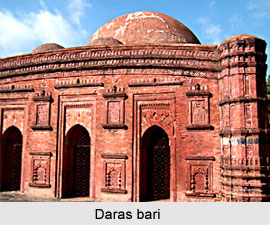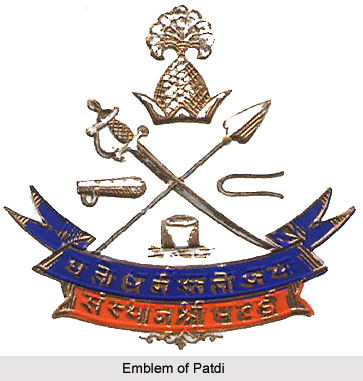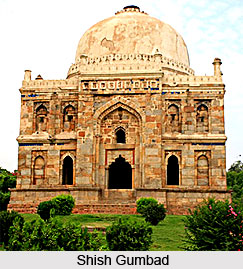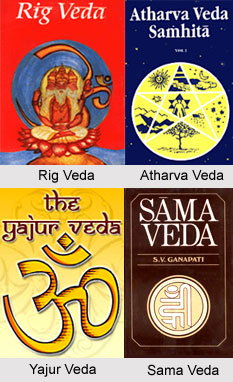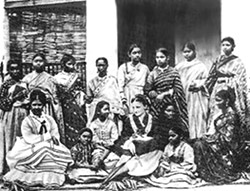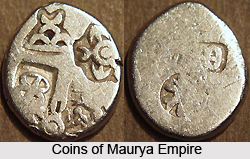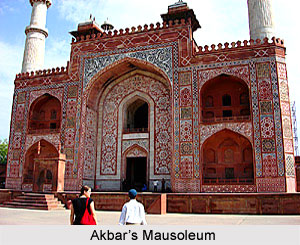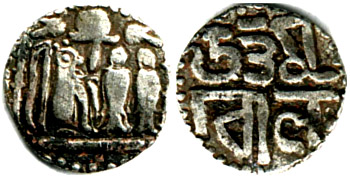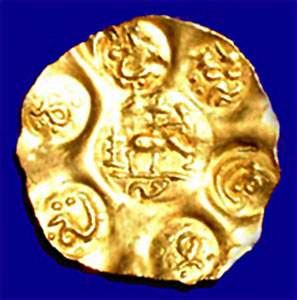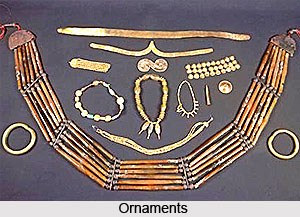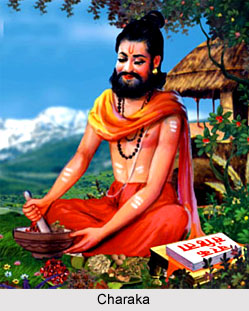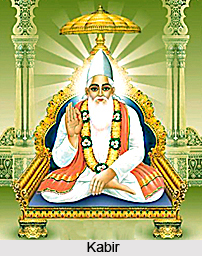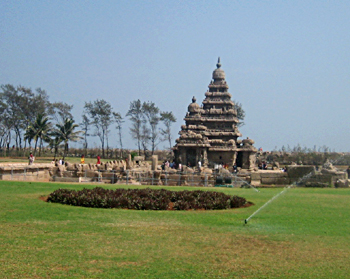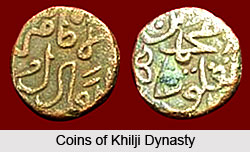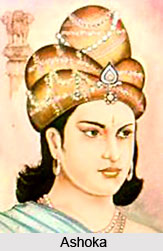 Principles of Vedic Tradition are based on the concepts of "Satya" and "Rta". Satya is the principle of integration rooted in the Absolute; whereas Rta is the expression of Satya, which regulates and co-ordinates the operation of the universe and everything within it. In the hymns of the Vedas, Rta is described as that which is ultimately responsible for the proper functioning of the natural, moral and sacrificial orders.
Principles of Vedic Tradition are based on the concepts of "Satya" and "Rta". Satya is the principle of integration rooted in the Absolute; whereas Rta is the expression of Satya, which regulates and co-ordinates the operation of the universe and everything within it. In the hymns of the Vedas, Rta is described as that which is ultimately responsible for the proper functioning of the natural, moral and sacrificial orders.
Aim of Human Existence in Vedic Tradition
There are four main aims of life that need to be satisfied to find happiness, fulfilment and to live a complete life. They are:
i. Dharma - actions based on harmonious and virtuous purpose; doing what a person is born to do.
ii. Artha - acquiring wealth and resources, the means to attain the purpose and live a complete life.
iii. Kama - satisfaction of desires for life; the pleasure of attaining the purpose and fulfilling the dharma.
iv. Moksha - the final emancipation from worldly attachments.
Four Ashramas in Vedic Tradition
Under the Ashrama system, the human life was divided into four periods. The goal of each period was the ideal fulfilment of each of the four stages of life. They are;
a. Brahmacharya - The Life and logic, practicing self-discipline and learning to live a life of dharma.
b. Grihastha - The household life from the age of 25 to 50 years. The ideal household life is spent in enjoying family life, carrying out one"s duties towards family and society.
c. Vanaprastha - The retired life from the age of 50 to 75 years. After the completion of one"s household duties, one gradually withdraws from the world, freely shares wisdom with others, and prepares for the complete renunciation of the final stage spending time in the forest.
d. Sanyasa - The renounced life from the age of 75. One completely withdraws from the world and starts spiritual pursuits, the seeking of Moksha and practicing meditation.
Varna System in Vedic Tradition
Varna is the term for the divisions into which the traditional Indian Society is divided. The four varnas are:
1. Brahmin - Priests and Scholars.
2. Kshatriya -Kings, governors, warriors and soldiers.
3. Vaishya - Traders, agriculturists, artisans and merchants.
4. Sudras - Labourers and service providers.
The sages mentioned in the Vedas that who committed themselves to the study and practice of the wisdom delineated therein, belong to the Vedic tradition. Trust and faith in the Vedic tradition implies the acceptance of God as the sole creator, who also takes care of the entire universe at all times.


